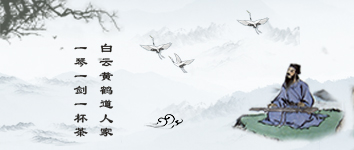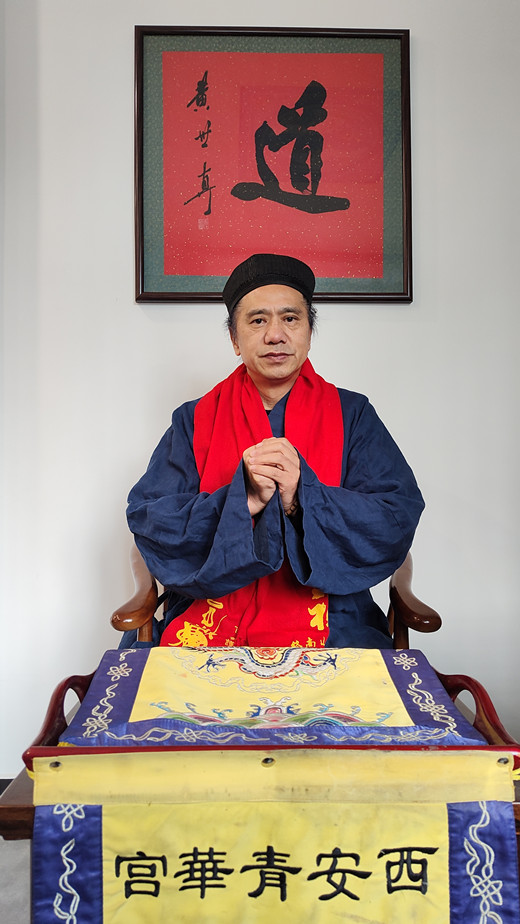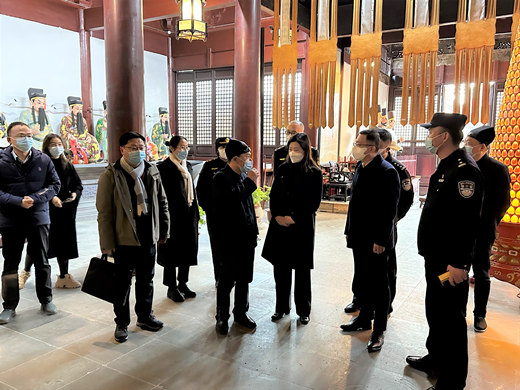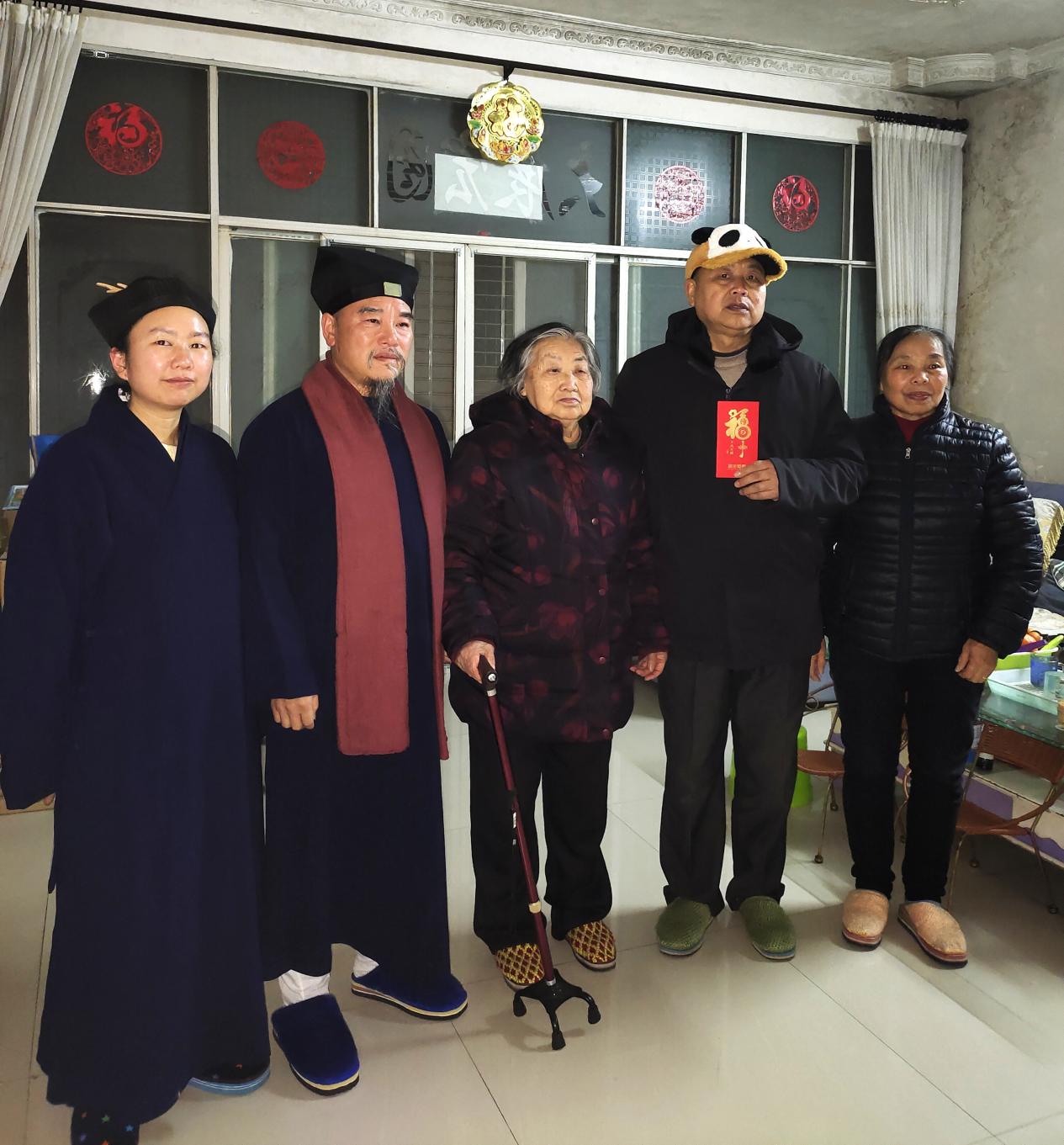千里之行始于足下A journey of a thousand miles starts with the first step
世界宗教与环境保护基金 彭马田 温卫荷 何
2011-01-27
ALLIANCE OF RELIGIONS AND CONSERVATION
launched in 1995 by HRH The Prince Philip, Duke of Edinburgh KG KT
世界宗教与环境保护基金会
A journey of a thousand miles starts with the first step
By Martin Palmer, Victoria Finlay, and He Xiaoxin
A paper for “The International Forum on the Daodejing” in April 2007, China
Martin Palmer, Secretary General of Alliance of Religions and Conservation (ARC)
Victoria Finlay, Communications Director of ARC
He Xiaoxin, Head of China Projects of ARC
I would like to begin by honouring the China Daoist Association, the China Religious Culture Communication Association and the three Organising Committees from Beijing, Shaanxi and Hong Kong for arranging this innovative and timely Forum.
In a world of troubles, the Way of the Dao, the Way of Nature, has never been more needed.
I also bring a message from ARC’s founder, His Royal Highness, The Prince Philip, Duke of Edinburgh. He has taken a special interest in Daoism since 1995 and in February Dr. He Xiaoxin and I had a personal meeting with him to brief him on this historic forum and to present him with a special edition of the Daodejing sent by Louguantai. He sends his warmest greetings and hopes this event will lead to greater action, and not just words.
The title of this forum is: “Realising a Harmonious World through the Practice of the Principles and Doctrines of Dao” and it is a wise title because it sums up the hopes we all have for the renewed role of Daoism in creating spiritual harmony and a balance between humanity and nature.
It is my honour today to address the specific issue of role of The Dao De Jing in protecting our living environment. This is something I have been working on as Secretary General of ARC for many years and I am delighted to be addressing this with you.
The Dao De Jing and the natural world
The Dao De Jing, which I have had the honour of translating into English, paints a fascinating and challenging picture of how Daoists see the world. For example, Chapter 4 tells us that the Dao is the source of all life: generous, free flowing, timeless, indeed coming from a time before Time itself. Yet today we see that human activity is bringing to an end many forms of life: it is poisoning the waters; polluting the air; changing the climate, destroying forests and killing thousands of species. The Dao is under attack as never before and it is we, human beings, who are attacking it.
And what does the Dao De Jing say about this?
Chapter 29 tells us that if a ruler behaves as if he invented the world, he will do no good at all. It goes on to say the earth is a sacred vessel and it cannot be owned or improved. Yet we behave as if we do own the world, as if nature was there just for us. Chapter 46 tells us that with greed running wild, and without the guidance of the Dao, the world is in danger.
And with this great threat of climate change, the world IS in danger today.
ARC, The House, Kelston Park, Kelston, Bath BA1 9AE,UK
Tel +44 1225 758004 fax +44 1225 442962 e-mail: mailto.info@arcworld.org
Daoism holds the key to finding the way out of these crises because it understands where humanity should be within the Great Order of the Dao. Chapter 42 tells us exactly where we come in this Great Order - as part of the “three” that hold the world together - and it emphasises how we humans are absolutely essential in maintaining the balance of qi in the world.
Daoists’ special role in protecting nature
The role of Daoists was recognised by the Declaration on the Environment created by the China Daoist Association in 1995.
“Daoism has a unique sense of value in that it judges affluence by the number of different species,” the report stated. “If all things in the universe grow well, then a society is a community of affluence. If not, this kingdom is on the decline.” [1]
So, inspired by the Dao De Jing 2500 years ago, by the Daoist Declaration on the Environment 12 years ago and by the many centuries in between, during which Daoist believers have quietly cared for nature, what can Daoists actually do?
1. The True Way
First, Daoists have a very strong teaching about how the way of Power is not the True Way.
And today we might also echo Chapter One by adding that the way of exploiting this fragile world and thinking that this will costs us nothing, is not the True Way. The way of Material Prosperity as the only worthwhile goal is not the True Way. And the way of human communities existing without regard to the communities of animals, plants, rocks, rivers and mountains that live beside them is not the True Way. By recognising that these are illusions, and living out your belief about the True Way, Daoists can restore a holistic vision of our world and our responsibilities.
2. Protecting Species
Secondly, Daoists can set an example in protecting species. Traditional Chinese medicine is so important in looking after sick people in China and it has also become popular around the world. However, some unscrupulous people use the body parts of endangered species such as tigers and rhinoceroses to make their so-called medicine. Or they use the gall of bears kept in terrible conditions in tiny cages. This creates a problem, because a medicine designed to harmonise the vital forces in the body, but which itself destroys the harmonious balance of nature, cannot by definition be good medicine. It is not flowing with the Dao. It is destroying the flow of the Dao. As Chapter 39 points out, the Dao has to be in unity with all for the power of the Dao to keep the world, the universe whole.
In 2000, the China Daoist Association set a wonderful example by officially publishing a document which outlawed any use of Traditional Chinese Medicine which used endangered species. This now needs to become more than just good words. It needs to become action. Let’s find ways of curbing this by introducing other prescriptions which do not use endangered animals, and do not destroy virgin forest areas or habitats either.
3. Caring for resources
Thirdly, you can look at your own resources. Many monasteries and temples own land. But is this managed ecologically and organically? If not, maybe it can be changed. Many monasteries and temples are on sacred mountains. But do they help protect these mountains – for example by creating tree nurseries or by clearing rubbish from the hillsides? If not, then perhaps this can be changed.
As temples and monasteries are given back to the Daoists, do you restore them in sustainable ways? If not, perhaps this can be changed.
All monasteries and temples use paper, energy, transport and food: but is the paper eco-friendly? Is the energy renewable? Is the transport kept to a minimum and are the foodstuffs free of chemical sprays? And is the monastery itself a model of ecology so that local people can learn from it? Is it built from renewable resources? Is it ecological in its use of gardens and water, and does it have an eco-friendly car park? If not, then perhaps these things can be changed as well.
4. Training
Finally, Daoists are teachers.
Could your monasteries and temples become training centres for traditional and sustainable methods of building, painting, carving and landscaping? We believe you could and we will help you to do this. Can we together, for example, make leaflets for pilgrims to take home from all the great Daoist pilgrimage sites, to teach them how to look after nature? The new Taibaishan ecology temple is doing just this. Let’s make this happen right across China.
Can we together train young people, the poorest of the poor, those who will otherwise have no skills, to become the builders of a new and beautiful China?
Or can we together run special day courses for local farmers or business-people, on how to live as good Daoists for the environment? Using the Taibaishan centre, let’s bring as many workshops there as possible to help train monks and nuns and lay people in how to live a Daoist life which respects and restores our relationship with nature.
Last year a new body called the Temple Alliance on Ecology Education, was set up at the first ecology workshop at Taibaishan. A declaration was made called the Qinling Declaration in which all the participants promised to:
* bring ecological education into temples
* reduce pollution caused by incense burners etc
* use farmed land sustainably.
* protect species and forests.
* save energy.
* protect water resources.
The Alliance of Religions and Conservation is willing to help on all these levels. We have been working as partners with China’s Daoists since 1995. We have helped Louguantai create the first ever Daoist ecology temple. We are helping produce Daoist educational materials for use in temples. But we are small and you are great, and we know that you can do so much more.
So let us bring the world back to an understanding of true Dao. As Zhuang Zi says in Chapter 12 “Heaven and Earth”
The Dao, how deep and quiet it lies;
How pure is its clarity!
Without it neither gold not stone would resonate.
The gold and stones have sounds within them
But if they are not struck, then no sound comes forth…
But I would like to remind you of the last line of this verse…
“All the creatures in this world have dimensions that cannot be calculated.”
Thank you.
ALLIANCE OF RELIGIONS AND CONSERVATION
launched in 1995 by HRH The Prince Philip, Duke of Edinburgh KG KT


 |
|










 京公网安备 11010202006208号
京公网安备 11010202006208号